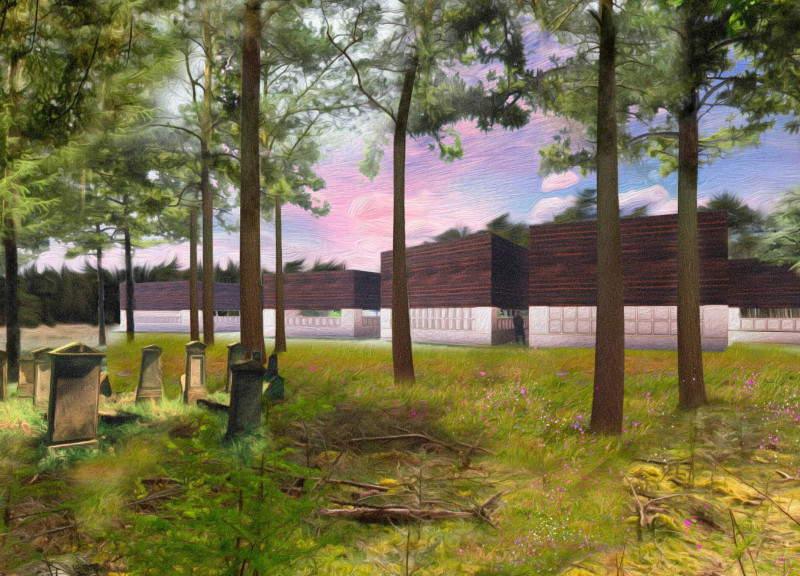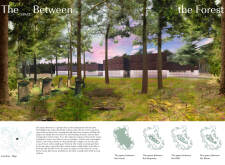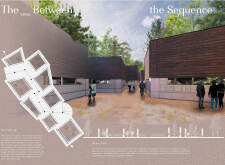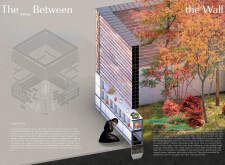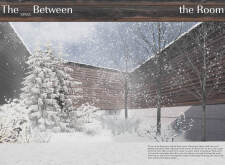5 key facts about this project
The project integrates structures designed to promote a sense of tranquility, utilizing natural materials that resonate with the existing landscape. The use of wood, granite, glass, and concrete represents a thoughtful selection intended to bridge the gap between built form and the natural world. These materials provide both aesthetic and functional attributes that enhance the overall experience.
Design Considerations and Unique Approaches
The project's primary function is to serve as a memorial space that facilitates personal reflection and connection to the deceased. The layout consists of distinct areas that create a sequence of experiences, allowing visitors to transition through different emotional states as they move through the site. This fluidity is further enhanced by the designed pathways, which guide users through various zones of contemplation.
A notable characteristic of the project is its commitment to preserving the surrounding forest. The architecture incorporates existing trees and natural features, allowing the design to coexist with nature rather than imposing upon it. This integration reflects a broader awareness of ecological sustainability, which is a key consideration in contemporary architecture. The design also adapts to seasonal changes, providing varying atmospheres that influence visitors' experiences throughout the year.
Spatial Organization and Architectural Elements
The project features several key areas, each serving specific functions while contributing to the overall narrative of the space. The entry point serves as a threshold, marking the transition from the external environment to a more introspective setting. The "Space Between the Sequence" allows visitors to explore pathways designed for reflection, while the "Space Between the Wall" provides moments of contemplation through enclosed yet transparent environments. Each zone is designed to encourage pause and observation, enhancing the emotional resonance of the experience.
Large windows throughout the structures enhance interaction with the landscape, drawing natural light into the spaces and creating visual connections to the surrounding forest. This aspect of design fosters a sense of continuity between the interior and exterior, reinforcing the project's themes of connection and remembrance.
The harmony between textural materials and the thoughtful arrangement of spaces sets “The Space Between” apart from typical architectural projects. This design prioritizes an immersive experience that both respects and incorporates the natural environment, inviting visitors to engage with their emotions and memories in a serene setting.
For further exploration of this architectural project, including detailed architectural plans, sections, and design concepts, readers are encouraged to dive deeper into the project presentation for comprehensive insights and visual representations of the design.


